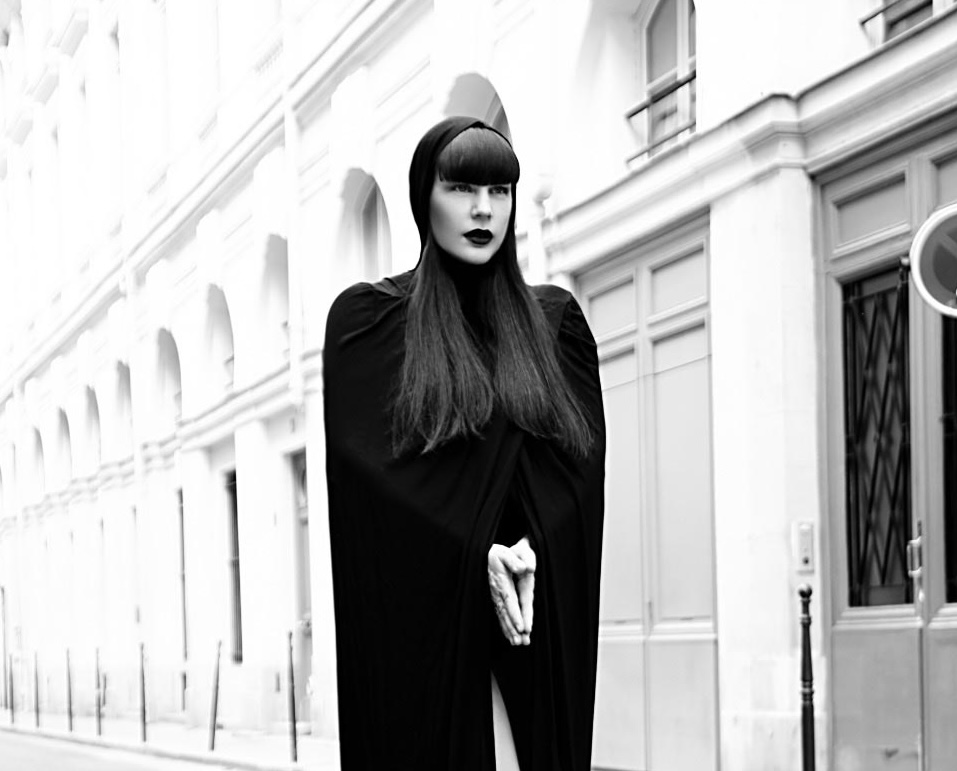Electroclash seems to be having something of a moment – or perhaps it’s a moment that’s been happening for a while now. Its influence is all over Charli XCX’s Brat, and most obviously in my single of the year, her Billie Eilish collaboration ‘Guess’. A few years back, SOPHIE’s ‘New York’s Burning Down’ was a nod to Tiga’s ‘Burning Down’ The Dare’s album What’s Wrong With New York? also leans heavily on the form, albeit in a watered down, moronic way, as if someone had left a Dictaphone in a the bogs of London nightclub Trash in 2001 and 20-odd years later, asked AI to make a record out of what was on the tape.
Trash, which took place every Monday night between 1997 and 2007, soundtracked the last years of London being cheap enough to hold down a shit job while following your wildest dreams. Many of us picked up our gladrags at the cloakroom after the dying notes of The Smiths’ ‘There Is A Light That Never Goes Out’ and Bowie’s ‘Rock & Roll Suicide’ (the songs that always closed the dancefloor) to wander to night bus stops for the long journey back to shared flats. We’d stare out as the never really darkened streets of Holborn and then the inner suburbs slipped past resigned to being at our desks, invariably still somewhat worse for wear, only a few hours later. But that was part of it all, really, for Trash was never just a nightclub, but a way of life. It had to be – who goes out dancing on a Monday night?
Trash had begun in the late 90s as an indie club, but by my time of being a regular from 2000-onwards, it had moved to The End, a venue that was known for deep house and drum and bass that, crucially, had an absolutely incredible soundsystem. Making the most of the oomph, DJs Erol Alkan and Rory Phillips were starting to expand their sonic horizons. Feeling both too old (NME) and too young (Mojo etc) for the print music press, alienated by the plaid-clad indie nerd American soft power projection of Pitchfork, and in a time before algorithms and streaming, Trash was where I went to find new music.
In the second room, Rory Phillips would be playing music that’d eventually turn up in the main space, and at midnight there was often a live turn – I saw LCD Soundsystem, Suicide, Peaches, Simon Bookish, Liars, Gonzales, Yeah Yeah Yeahs and Patrick Wolf there. The “who took the bomb?” intro to ‘Decaptacon’ by Le Tigre would be my call to the main room dancefloor, and for hours I’d only leave it to buy (or minesweep, I was v skint) a quickly downed drink. I was a pretty shy early-20-something, and dancing was my way of not having to talk to people. There was an ambiguous sexual energy to Trash, greatly helped by a door policy that kept the beer-slopping indie lads who ruined most similar clubs out. It allowed for an atmosphere that was queer-friendly, where women sometimes dominated the dancefloor, and I think that was reflected in how the music shifted away from guitars.
It happened via Erol Alkan’s inventive bootlegs (I still remember how it went off the first time he played his mix of New Order’s ‘Blue Monday’ and Kylie’s ‘Can’t Get You Out Of My Head’) but most of all through the gradual appearance of electroclash. This was music that seemed to combine a still deeply exotic arch European sophistication with tough US electro, the raunch of 90s artist like The Horrorist or rappers 20 Fingers (‘Short Dick Man’ is a horny proto-electroclash cracker) and a bit of an English nod-and-a-wink that meant it perfectly suited a London scene that, despite preconceptions when Trash started to get insanely hip and Grace Jones turned up, was actually rather playful and naïve. There were other places to hear electroclash, such as the more LGBT+-focused Wednesday night event Nag Nag Nag or Sunday night’s Kashpoint, but the latter was a lot more fashiony and intimidating. You’d not want to turn up without eg. considering bringing a plant pot as a handbag, for fear of not being allowed in.
Much as electroclash’s influence can be heard in the mainstream, there’s been a lot of talk of “indie sleaze” of late, which I suppose if it did happen at all (and I, like Dan Dylan Wray in this Quietus essay, am not convinced it did) was a little after the heyday of the form. Like the American Apparel clothes that suddenly everyone was wearing, the musical shift
into New Rave or tech-and-blog house was garish, more obvious, less suave. So this month’s Organic Intelligence looks at the roots of this raunchy, outré musical form, and sits as a bit of a corrective to how cultural memory of London of the early 00s tends now to be haunted by The Libertines, Amy Winehouse and the godawful scene around Camden’s Hawley Arms.
Below, for tQ’s subscribers, are five electroclash bangers that to me sum up the dreamy, innocent hedonism of those Monday nights of two-and-a-bit decades ago, the pre-‘being online’ era when we were just a bunch of kids finding ourselves in a city that still held our hands as we did so.
Adult. – ‘Hand To Phone’ (Cordless Mix)
Part of what made electroclash win over a load of young people who’d grown up with bands and songs were acts that that essentially updated 80s synthpop via the tougher sounds of electro and Detroit techno. Nobody did this better than Adult., the Motor City duo whose 2001 single ‘Hand To Phone’, in this remixed form, sounded like a horny lover booty-calling and then crashing through your roof into bed via an assault helicopter.



